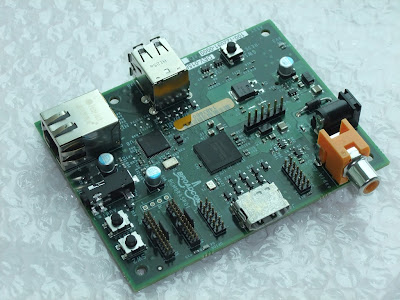The Ivy Bridge adoption trend continues as Dell has upgraded even its cheapest mobile personal computers. And by that we mean the Vostro series of notebooks.
Vostro is a brand that Dell utilizes for both desktop and laptops. It identifies the systems that Dell sells to the common man. Sure, the media may go crazy about stuff like the Alienware, but it's affordable products that ultimately steal the hearts of most customers. The Vostro laptops aren't really all that incredible in terms of looks, thinness and weight, but they will get the job done and will do it for a decent sum of money. As such, people who look for a notebook that won't destroy their finances might want to take a look at them. The sizes available to choose from are 13 inches (Vostro 3360), 14 inches (Vostro 3460) and 15 inches (Vostro 3560). Speaking of which, the LCDs (liquid crystal displays) have LED backlighting and a native resolution of 1,280 x 720 pixels (720p), with one exception: the Vostro 3560 can get a Full HD panel instead (1,920 x 1,080 pixels / 1080p).
Also, the Ivy Bridge CPUs don't necessarily have to be installed. Second-generation, Sandy Bridge CPUs can be put in instead. Other specs include up to 8 GB of RAM, a hard disk drive of 320 GB or 500 GB, all the standard connectivity and I/O (Gigabit Ethernet, Wi-Fi, audio, USB 3.0, etc.) and optional 4G LTE broadband. Finally, the AMD Radeon HD 7670M 1 GB discrete graphics card can be tossed into the mix if that HD 4000 from Intel isn't good enough.
Check with your local retailer or Dell's website for orders. The prices can be of $599 to $1,000. That's 400 to 800 Euro, according to exchange rates, but it's more likely that European providers will want 599-1000 Euro instead (prices rarely reflect exchange rates).



 6/13/2012 08:20:00 PM
6/13/2012 08:20:00 PM
 dannzfay
dannzfay
































